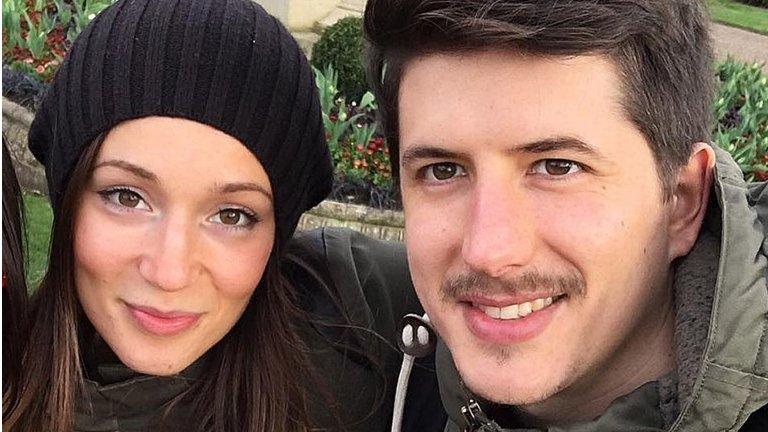Building material fire tests 'fail to properly assess risk'
- Published

Hundreds of buildings have been tested following the Grenfell Tower fire last June
The standard UK fire safety test of building materials fails to properly assess risk, a study conducted after the Grenfell Tower blaze has suggested.
Research for insurance industry experts says the simulations in the British Standards Institution (BSI) test does not factor in "real world" conditions.
The government used the test to examine flammable cladding on buildings after the Grenfell disaster.
Ministers said they were committed to seeing safety standards improved.
The study was commissioned by the Association of British Insurers (ABI) and carried out by the Fire Protection Association (FPA). Both organisations are now calling for a review of the tests.
The ABI says the findings of its test have been given to Dame Judith Hackitt's review into building regulations and fire safety, external, which was set up after the fire at the tower block in North Kensington, west London, last June.
Lab safety exceeded
The research suggests real-life fires could burn hotter, spread faster and last longer than those in the safety checks.
BSI test BS8414 involves using a wood fire to set light to an L-shaped section of wall and allows architects to show a design including cladding and insulation is safe.
Researchers found replacing a fifth of the wood used to start the fire with plastic - which is involved in many blazes - increased the temperature by 100C.
The FPA said the tests assume the cladding is used as the manufacturer intended, but they will often be pierced by vents or ducts.
It added that real buildings have gaps in their facades either by design or because of poor workmanship. When this was simulated in the tests oxygen fuelled the flames, which eventually spread up the entire test rig.
In one instance the flames were still increasing and they had to be extinguished because lab safety conditions were exceeded.
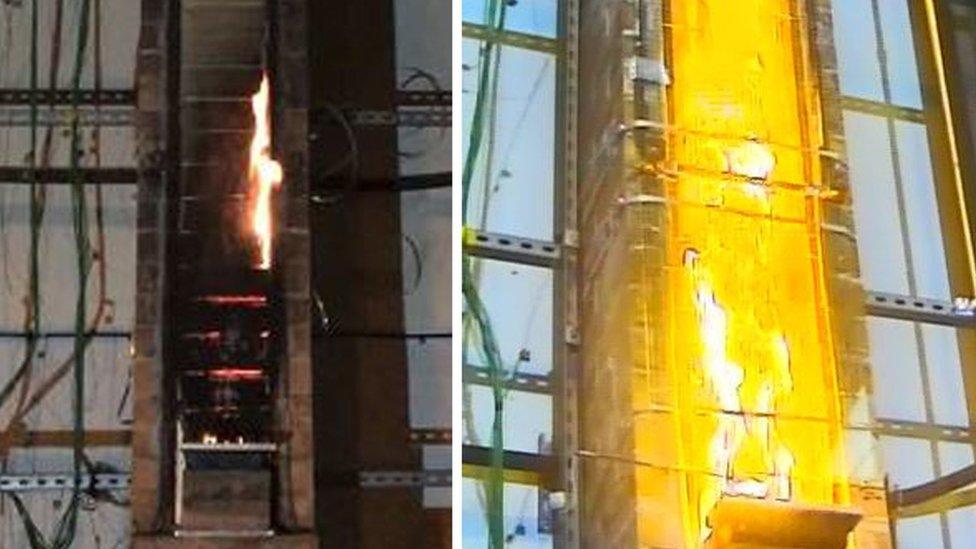
Fire tests to simulate the impact of cladding on buildings have been carried out for insurers
The study comes after a police investigation on a door from Grenfell Tower discovered it could only withstand a blaze for 15 minutes - not the 30 for which it was designed.
Fundamental reform
A total of 71 residents of the 24-storey block died in the fire on 14 June last year.
Jonathan O'Neill, managing director of the FPA, said its tests "confirm long-held concerns by many in the fire sector that the current cladding test standard requires urgent review".
Huw Evans, director general of the ABI, said they were "yet more evidence that fundamental reform is needed to keep our homes and commercial premises safe from fire".
He added: "It is a matter of urgency that we create the right testing regime that properly replicates real-world conditions and keeps pace with building innovation and modern design."
A spokesman for the Ministry of Housing, Communities and Local Government said: "We work closely with the British Standards Institution and they stand ready to present these findings to their expert technical committee who will review this accordingly."
- Published5 April 2018
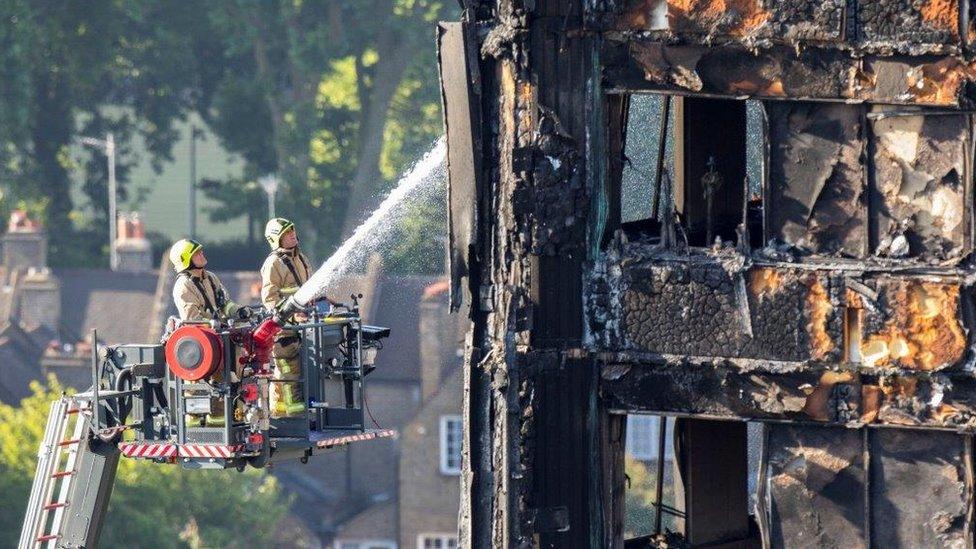
- Published15 March 2018
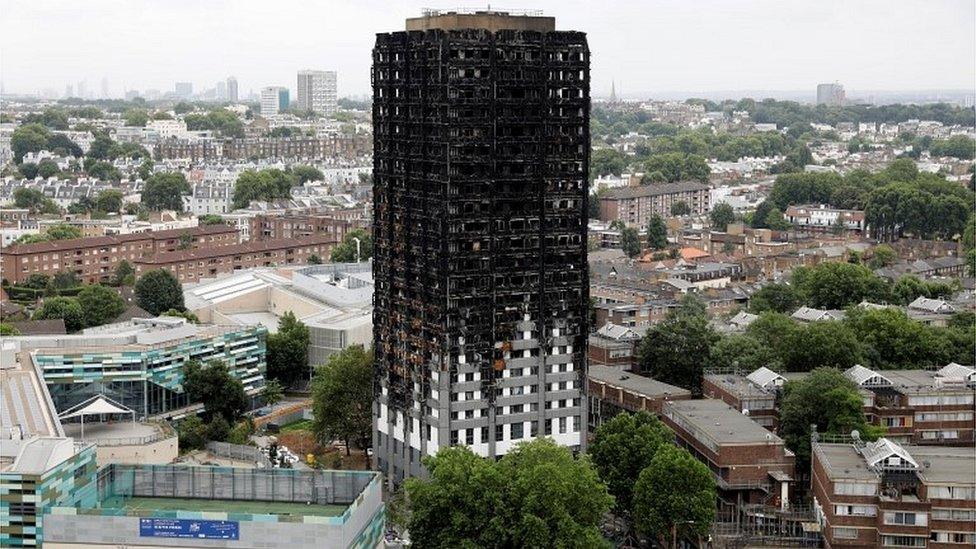
- Published3 January 2018
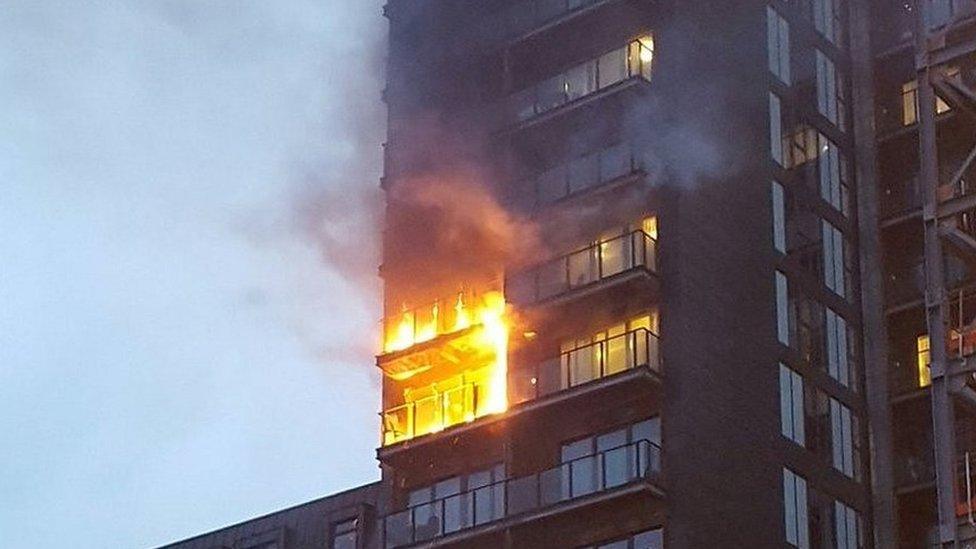
- Published13 November 2017
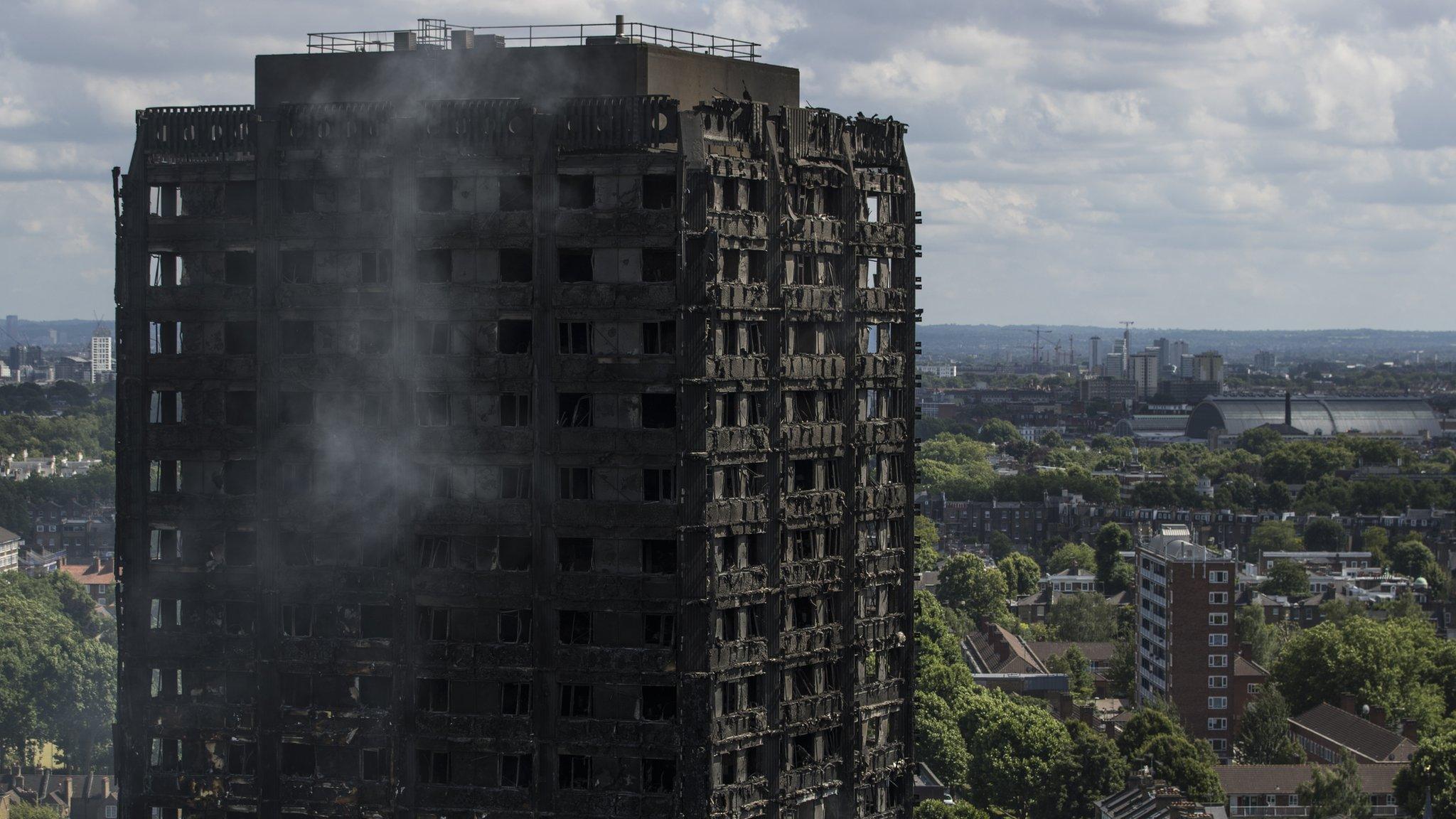
- Published30 May 2018
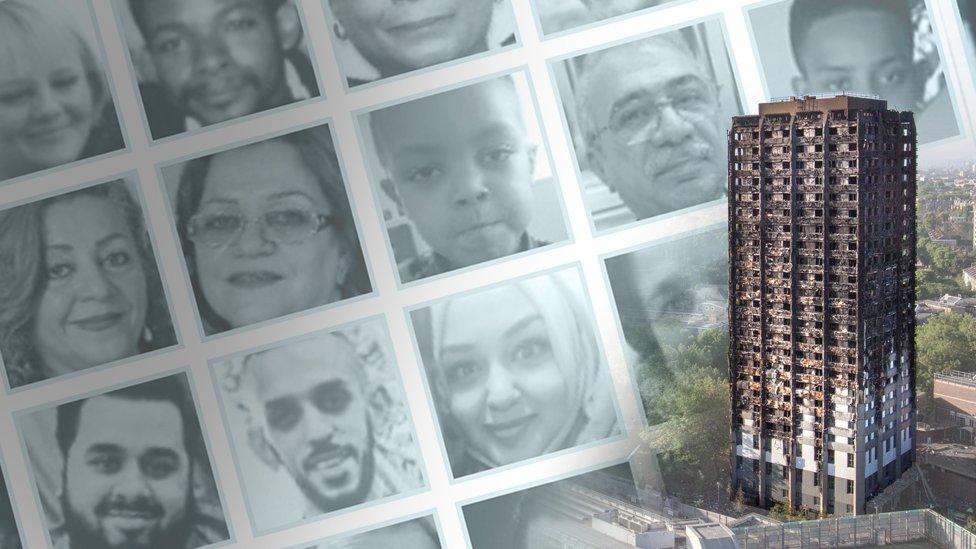
- Published1 March 2018
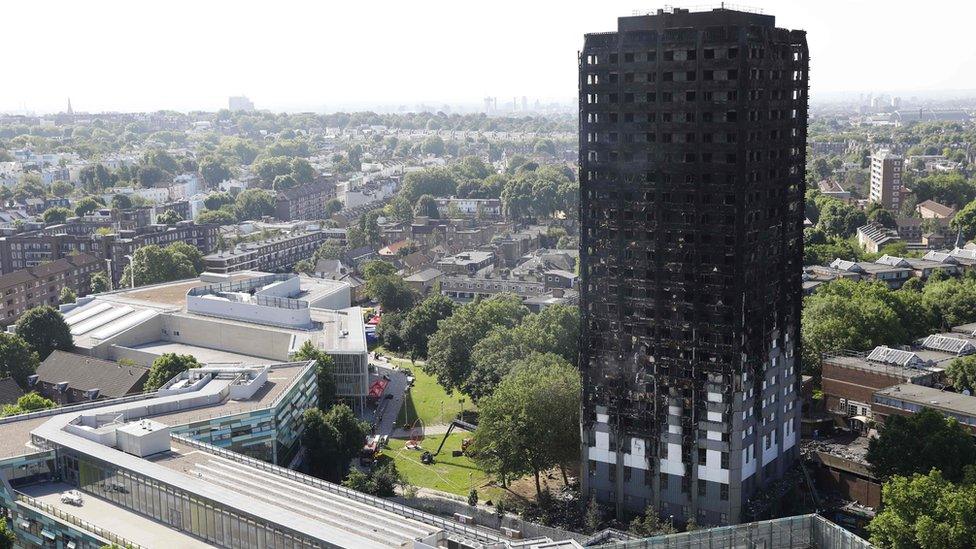
- Published16 November 2017
